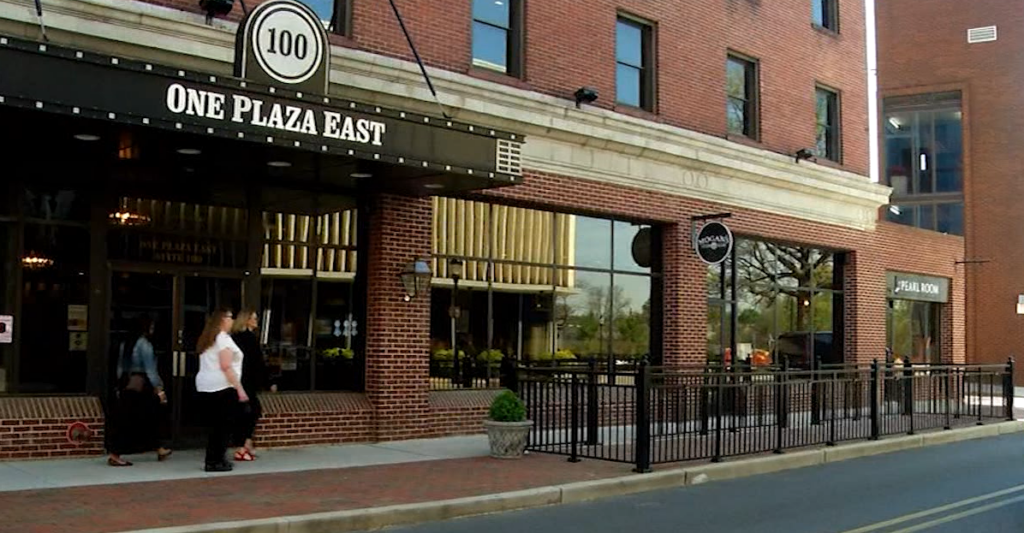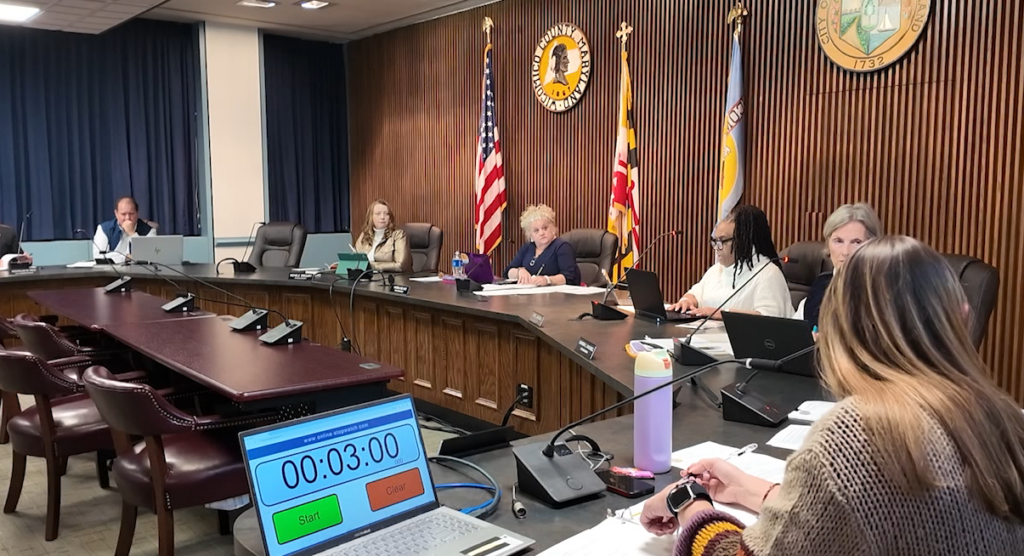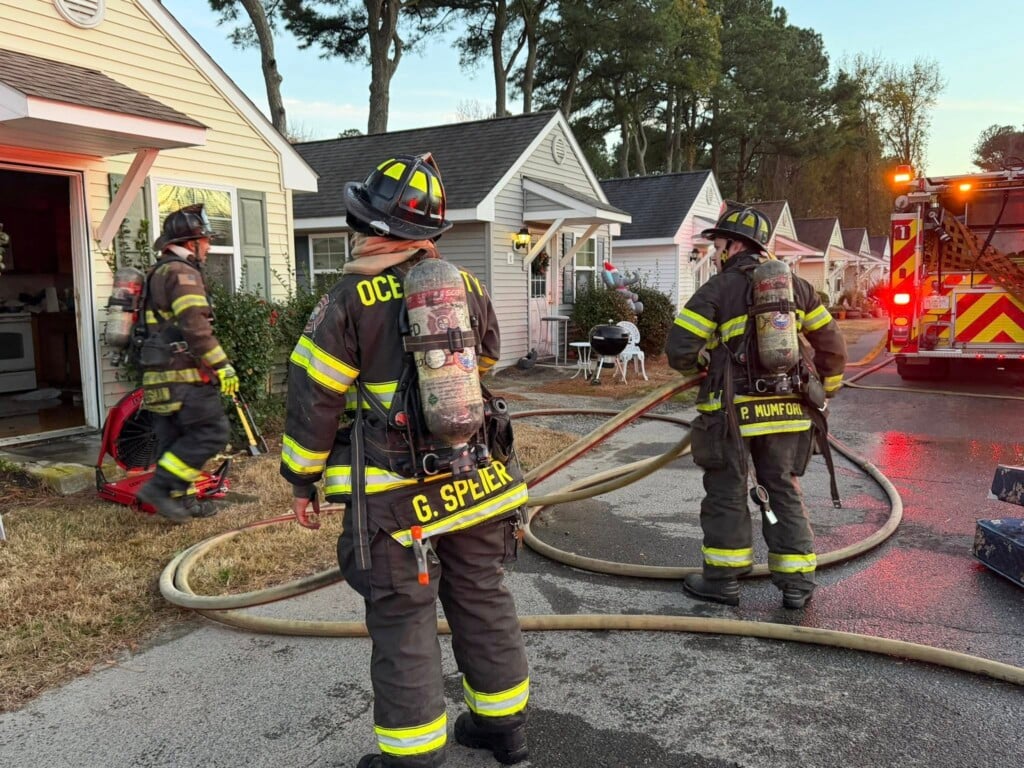Live Green: Food Bank of Delaware
MILFORD, Del. – The Food Bank of Delaware has been feeding many mouths across the state for the last forty years. At the Milford location, WMDT visited their community garden, where they help give back by using sustainable practices.
Kyle Brolis, the Agricultural Programs Director at the food bank, says the idea for the community garden was inspired by what other food banks and nonprofits are doing to get communities involved. They receive donations, but with the community garden, the food bank had the opportunity to design a space to grow fresh produce year round that helps create a healthy diet.
The 3.5 acre garden features green houses, cover crops, and raised beds. It is inspired by organic farming practices and regenerative agricultural practices, looking to improve the soil ecosystem of the growing site. The food bank also has a veterans garden where they grow a mix of different crops on a smaller scale.
“We grow over 30 varieties of fruits and vegetables, as well as perennial fruits. In the winter time, we start with a mix of turnips, radishes, baby greens and carrots. In the summer time, when it gets too hot for these cool season crops, we switch to tomatoes and cucumber, family crops, squash, zucchini, peppers, eggplants,” Brolis says.
The food bank also has a propagation house where they start their seedlings and eventually transplant them into crops. The neat thing about these seedlings is they can also be donated to community partners.
A few ways the food bank stays sustainable is by composting and steering clear of harmful pesticides, Brolis explains. “The produce grown here leaves behind a lot of residue from the harvesting process. We are able to compost that, turning it into organic material, and leaving the nutrients right where the crops are. We use natural fertilizers as well to avoid runoff and keep the soil covered year round.”
The Food Bank also offers a variety of programs to help people learn how to grow their own food and cook locally grown produce. The vast majority of their produce goes into their healthy pantry center. They also offer a culinary school program that anyone can sign up for. They hold some catering events and prepare foods for their cafe which is on site and open weekly for lunch. They also have a Community Supported Agriculture Program, which is a box that is prepared weekly June through October. This is available for supporters that want to purchase produce from a local grower.
He says, “in our hopes, through those growing practices that we are growing produce that is even more nutrient dense and more flavorful than what you would find in a grocery store.”
Brolis also recommends giving back and gaining experience by volunteering. He says you can also start a garden at home and avoid using harmful pesticides. Instead, try using integrated pest management, and compost any food waste to use for your soil. If you don’t have your own garden, you can always shop local.
When it comes to pest management, he says, “You’re kind of looking at the wider picture of what’s going on with the pests in your garden and and maybe you’ll learn that they’re actually not harmful after all.”
The food bank also has annual spring plant sales at their Milford and Newark sites, featuring starter plants such as vegetables, herbs, flowers and native plants. Those types of plants are typically offered at nurseries, nonprofits, or local farmers markets.
For more information, click here.


